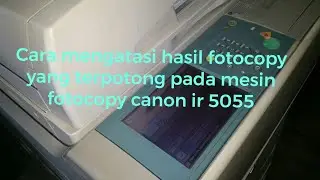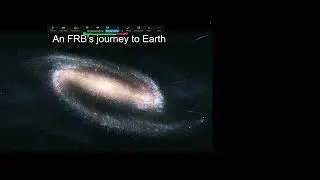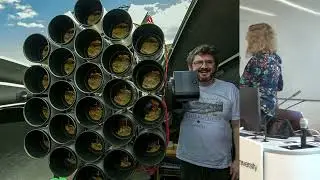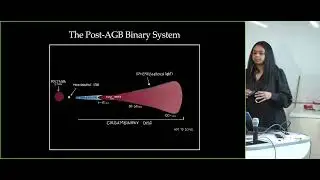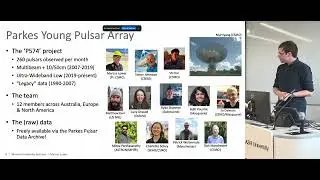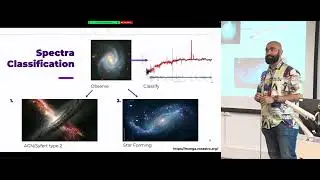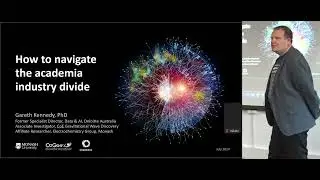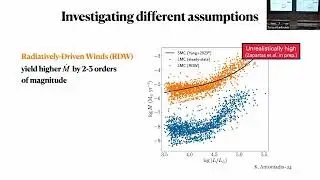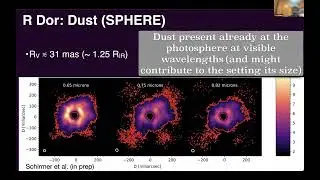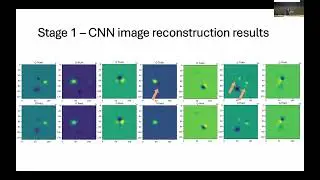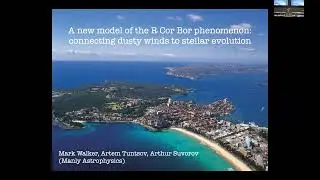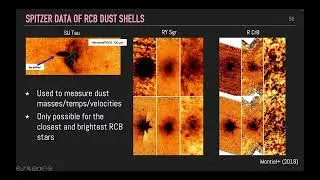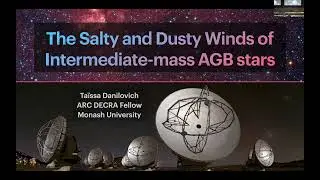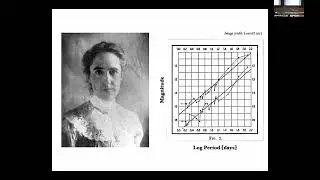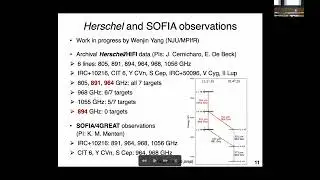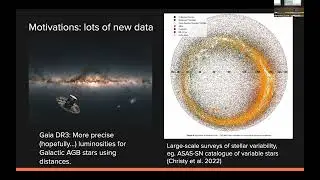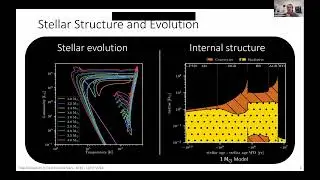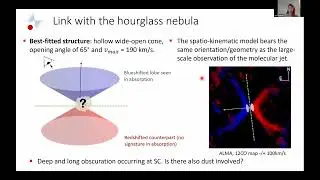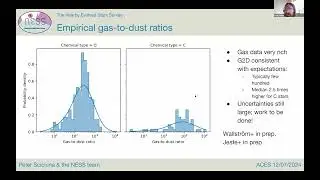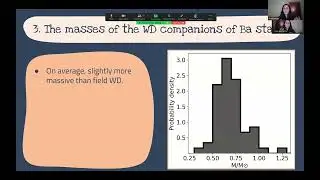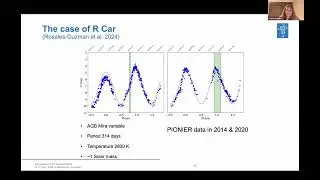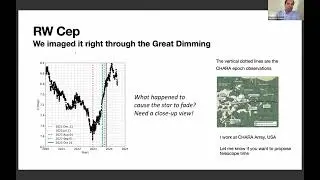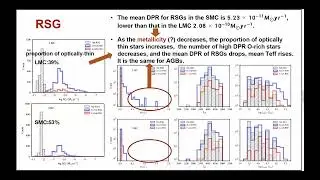ACES Studying the wind-driving region of nearby AGB stars with ALMA and SPHERE - Theo Khouri
Theo Khouri
Chalmers University of Technology, Sweden
Despite many important advances in recent years, the dust formation process in oxygen-rich environments is not yet fully understood, which makes predicting the wind-driving mechanism in O-rich AGB stars from first principles not possible currently. Particularly, the initial step of dust
nucleation and the properties of the grains that drive the outflows in O-rich AGB have eluded empirical characterization for a long time. In this talk, I will present high-angular-resolution observations of nearby O-rich AGB stars using ALMA and SPHERE/VLT which are used to constrain the distribution of gas and dust in the innermost regions of the circumstellar envelopes.
These data allow us to probe the crucial region where the wind is being accelerated in unprecedented detail and to test the wind-driving paradigm for AGB stars. The maps of the molecular lines reveal the density, velocity, and temperature distributions of the gas, while the polarizedlight data constrains the density distribution and sizes of the dust grains. By combining these
two complementary datasets, we can determine the dust-to-gas ratio in the wind-acceleration regions. Moreover, we also investigate the radiation pressure force experienced by the dust, which directly relates to how efficiently grains can drive an outflow. I will show recent models for R Dor
which imply very efficient cooling of the gas and dust sizes that do not fit the expectation for driving the outflow. I will also present preliminary results from more recent observations towards a small sample of other nearby sources.



